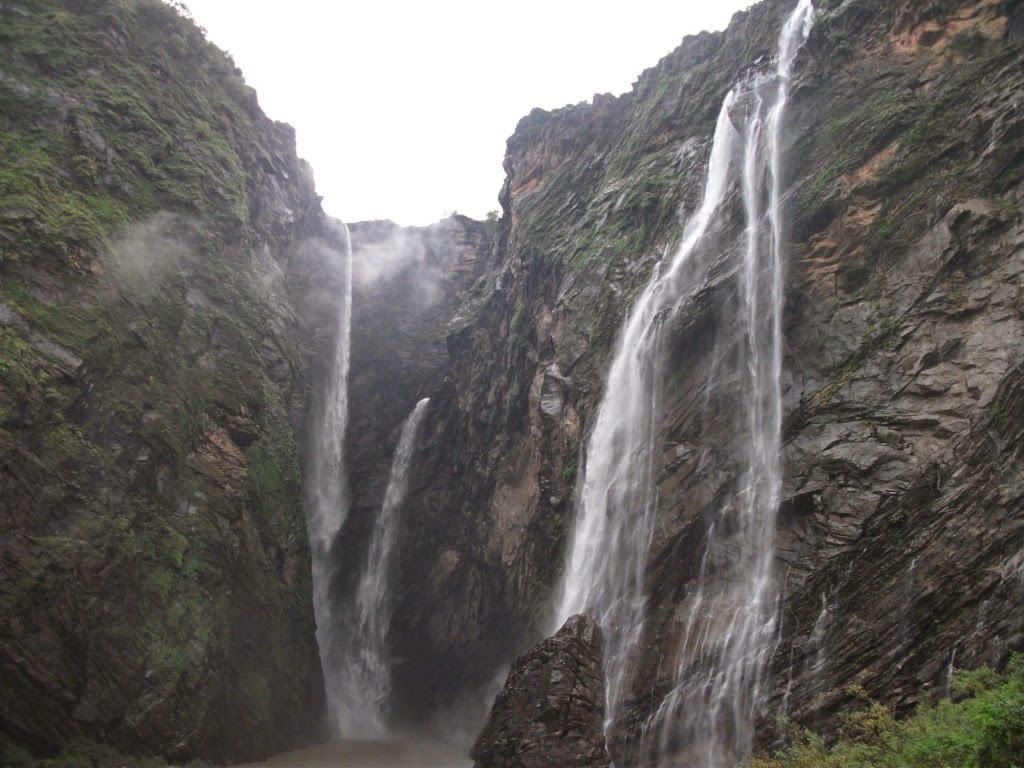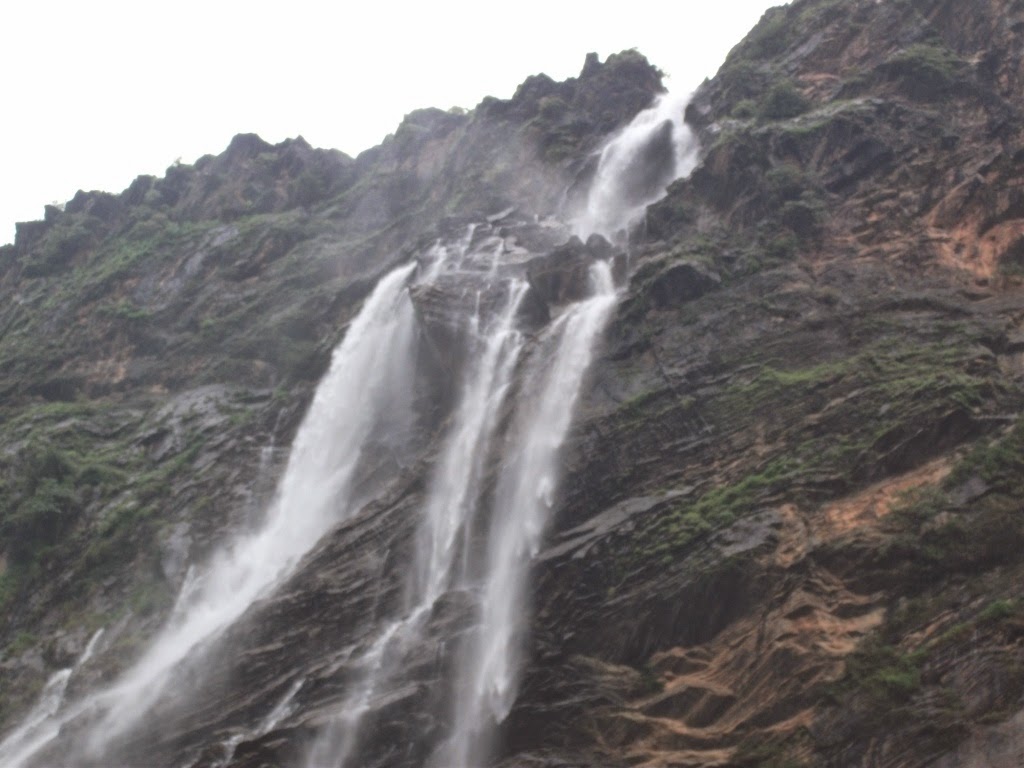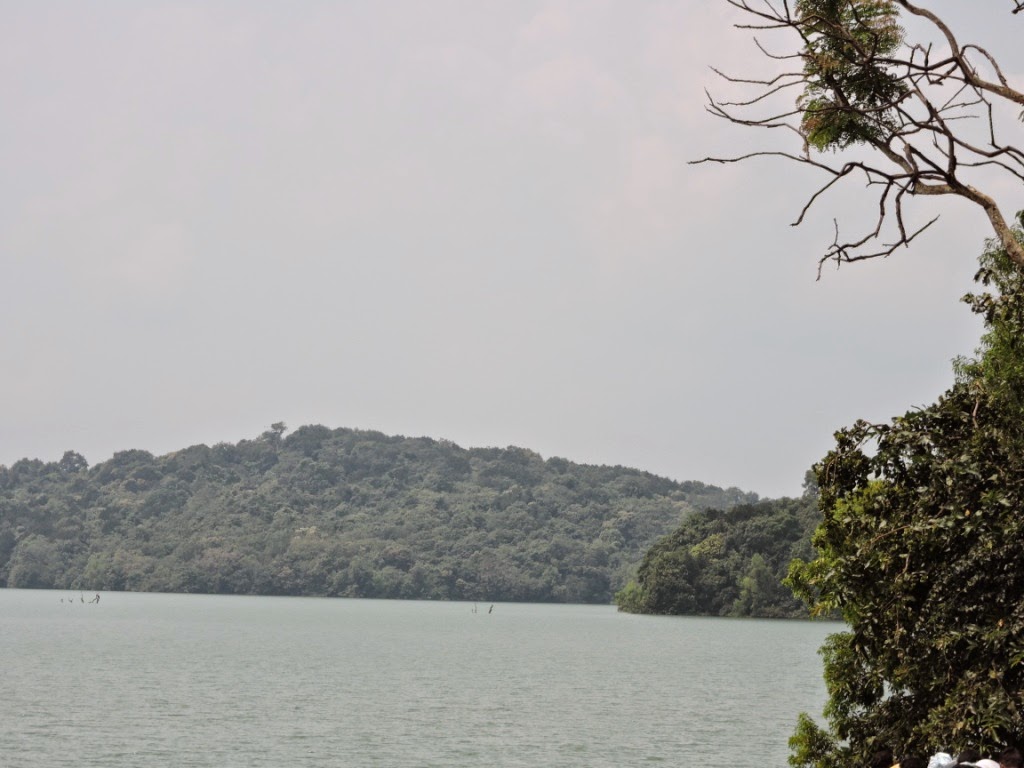Shettyhalli wakes up to a new morning each day. A
morning bathed in mist, birds rhyming sweet melodies, bamboo trees creating a
new sound wave, crisp dried leaves covering the wet soil – all the ingredients
needed to refresh mind and heart, taking one away from the maddening crowds and
hustle-bustle of city life.
Please note that prior permission is required from the
Range Forest office at Alkola (100 ft road) in Shimoga to enter the forest after
the check post near Haihole. You may be disappointed to return back if you
enter the forest without permission.
With high mountains, evergreen forests and pleasant
falls, this spot is just begging for recognition. There’s nothing like
Shettyhalli for a weekend getaway.
Guest house at Shettyhalli
Situated 20 kms from Shimoga city, a narrow kuchha and
pucca road leads to Shettyhalli forest. The last 7 km of the journey has to be
traversed on mud roads. It takes 30 minutes to venture through this rough
forest road. The nearest route being anupinakatte road via Mandara school. The
best way to escape to this untamed forest is by bike or jeep.
The entire stretch is covered with forests so thick
that even the sun cannot penetrate through all that foliage. There are
centuries old teak and rosewood threes on either side, punctuated by streams.
The most enjoyable part of Shettyhalli is the trek to
the waterfalls which are splendourous even in the hot summer. Machhan falls is
2 kms from Shettyhalli forest guest house. Also known as Huli Bai Neeru (water
from the tiger’s mouth), the name is symbolic of the tiger mouth shaped huge
cavity, carved in the roots of a huge tree, from where the cool water gushes
out.
Sheetihalli wildlife sanctuary is rich in wildlife from
the humble deer to the dreaded tiger. A note of caution though: you will have
to be off the roads by evening or else wandering elephants will make the rest
of your holiday a nightmare.
Shettihalli is home to colourful birds
There are no shops, hotels and telephone lines in
Shettyhalli which has about 50 households. Which means that you will have to
carry everything you need to this spot. However, there is a forest guesthouse
at Shettyhalli village which provides accommodation and food for a price. But,
prior permission is required from the Range Forest office at Alkola (100 ft
road) in Shimoga.
The forest guest house, which is located below a
mountain, boasts of beautiful nursery and lush green surroundings. Such scenery
by day and camp fires at night are an unbeatable combination in Shettyhalli.
Midway to Shettyhalli is the picturesque Puradalu lake.
A dam was constructed across the lake in 1969 for irrigation purpose. Puradalu village
is 10 kms from Shimoga. This breathtaking lake is spread across a 32 acre
forest area. A portion of the lake’s bank is covered by thick eucalyptus plantation,
making it an ideal eating joint. The sprawling lake is extremely picturesque
surrounded by high mountains and evergreen forests which boast of teak and
rosewood trees.
Puradalu dam



























































